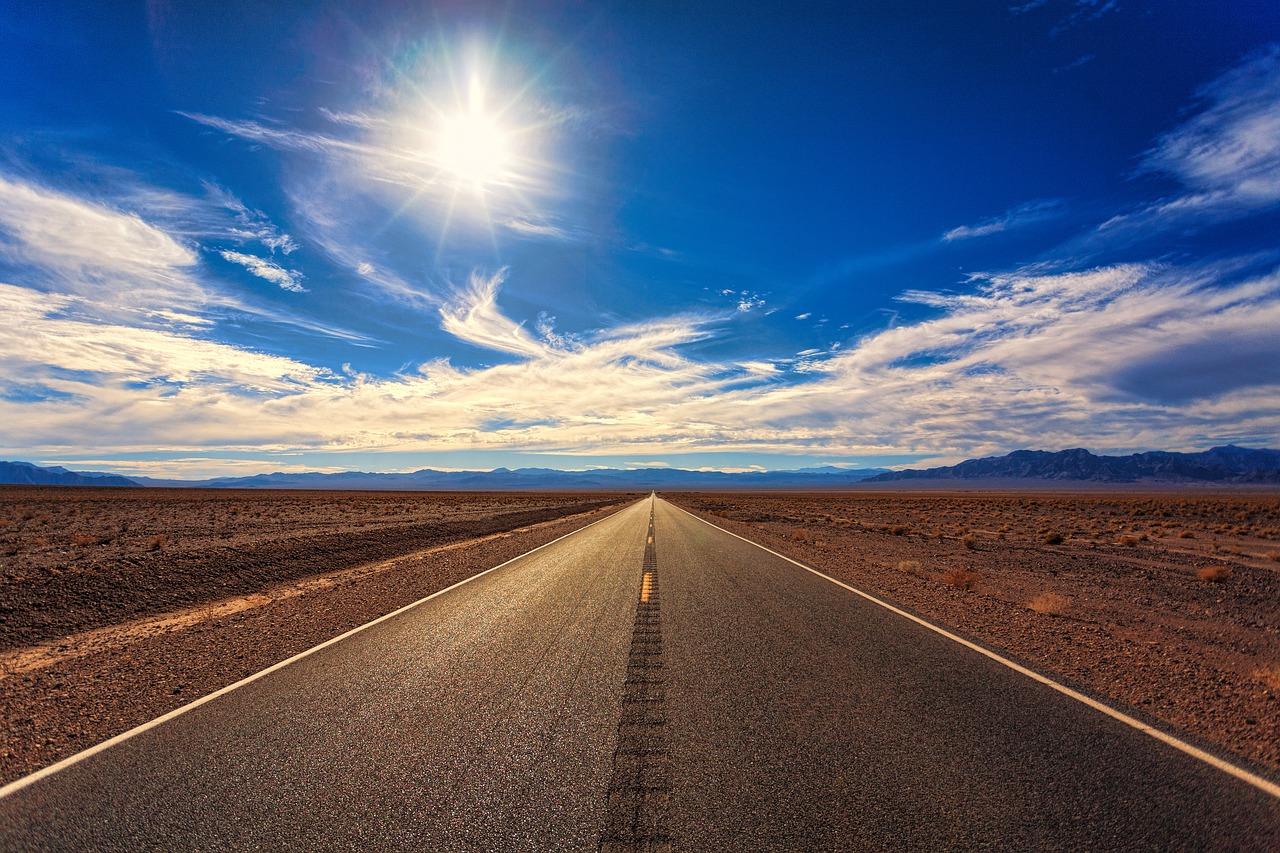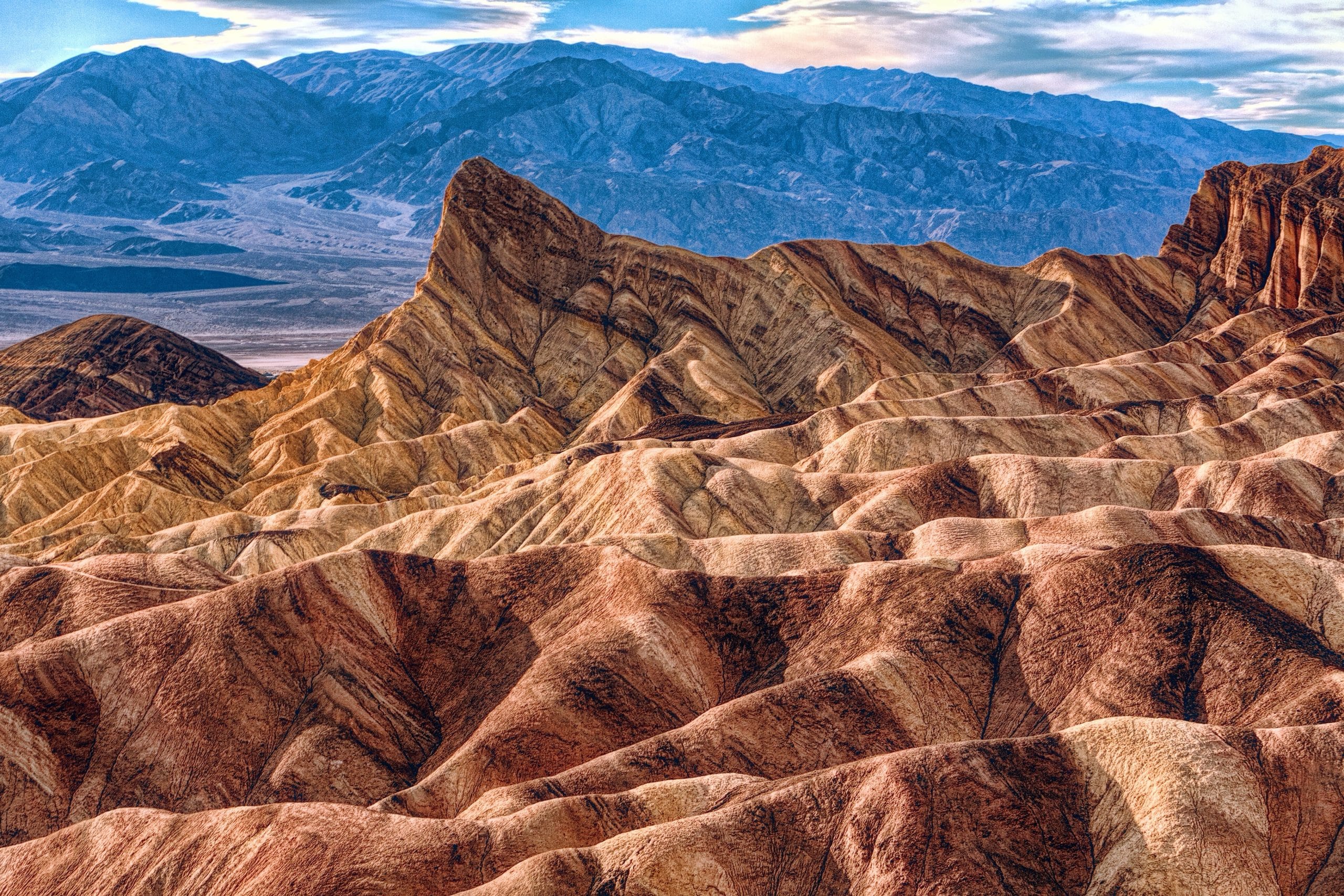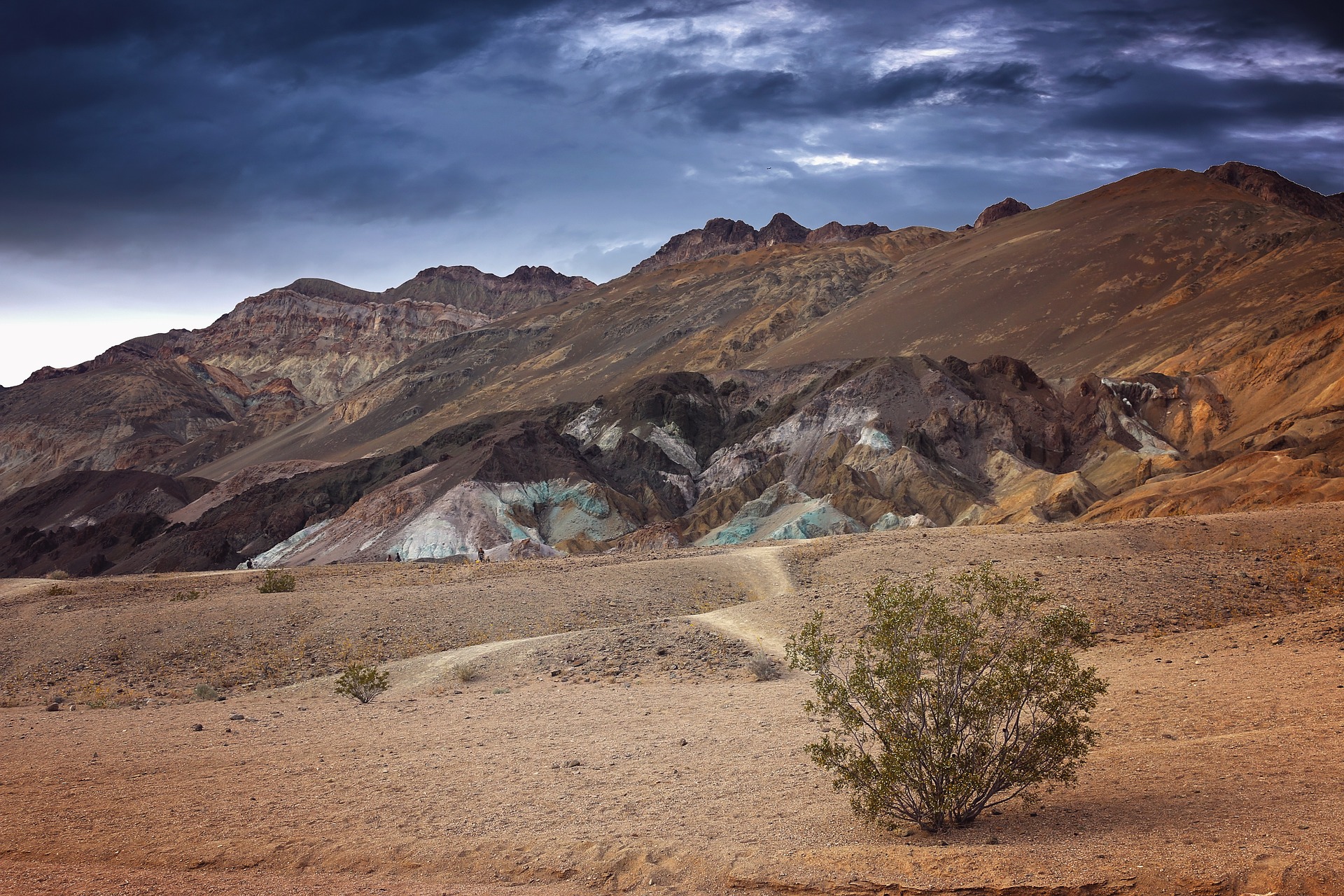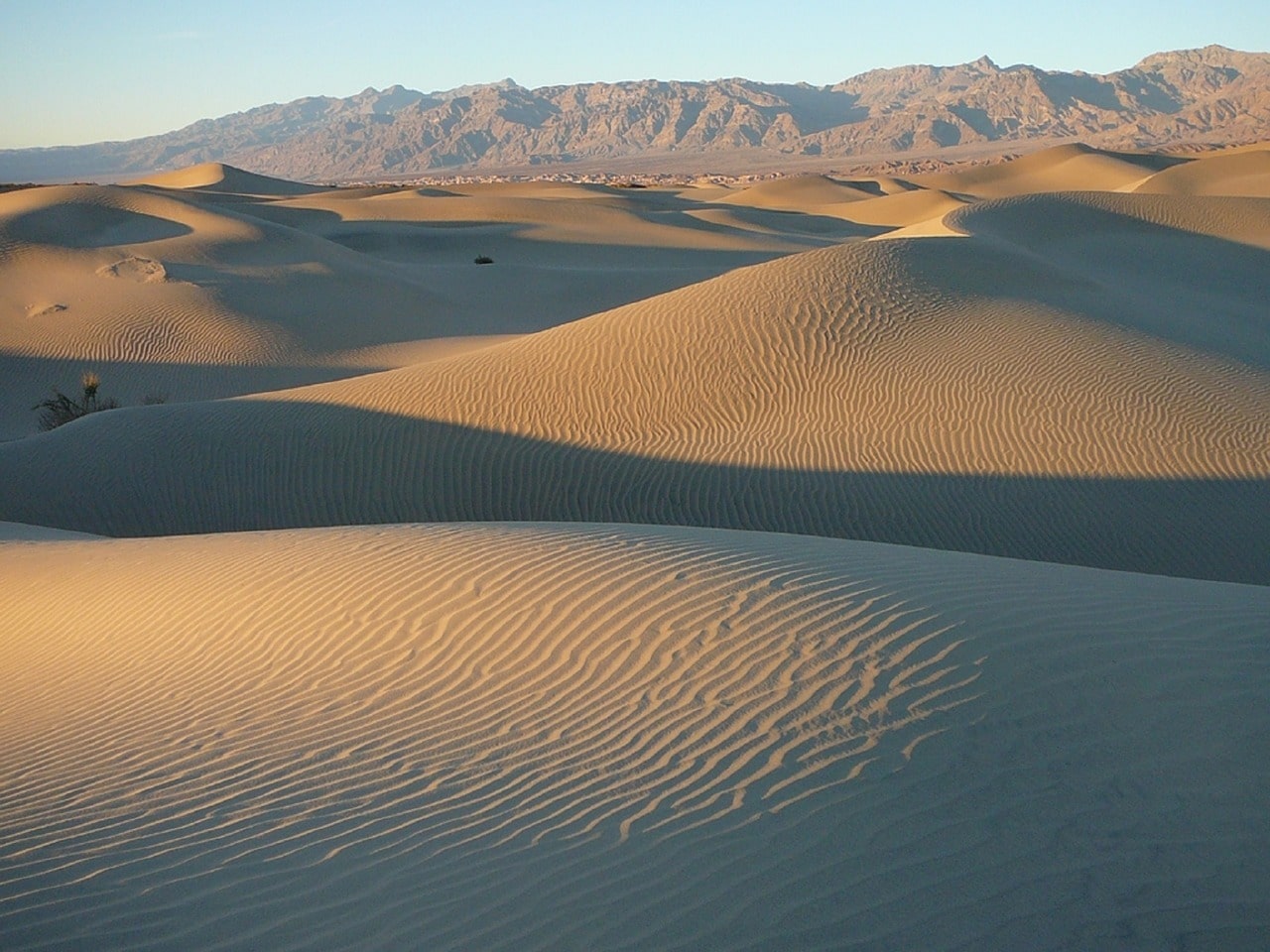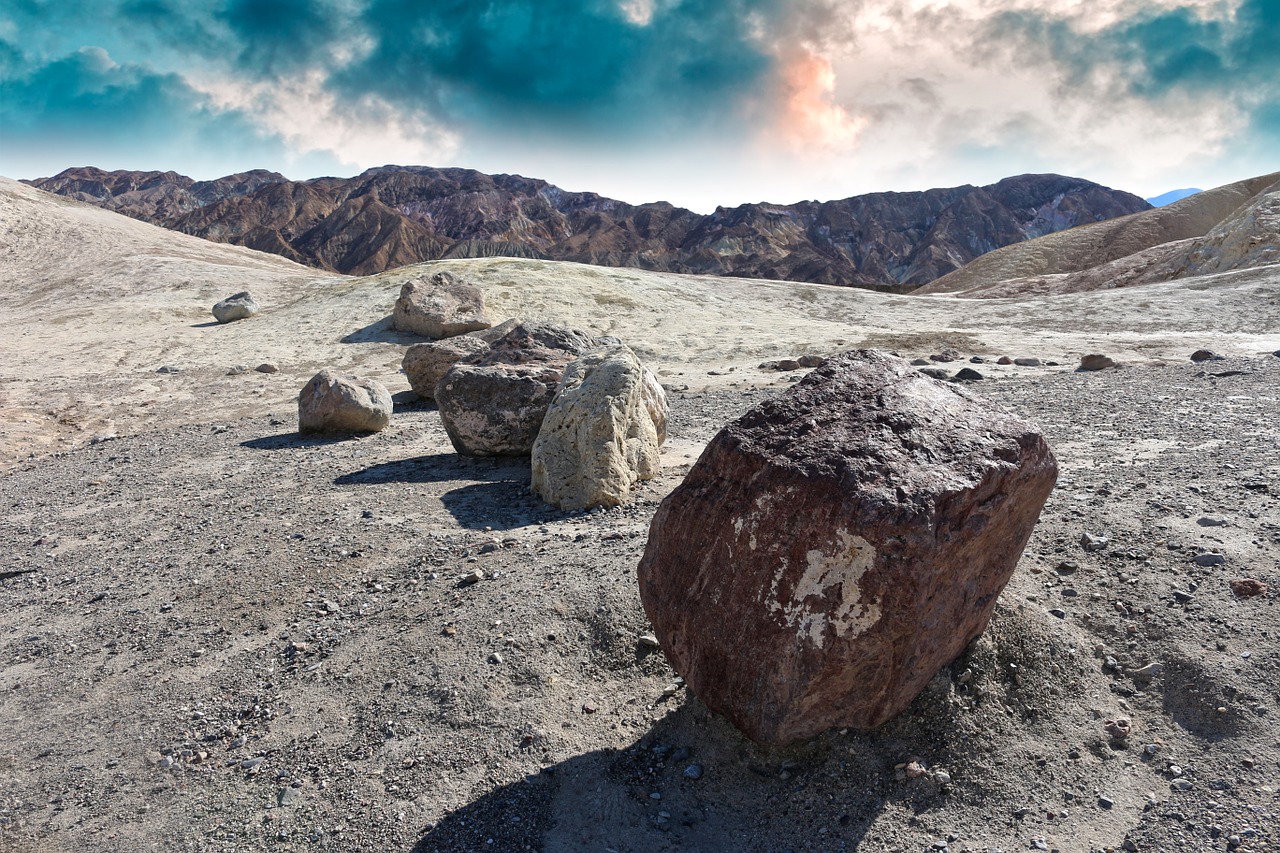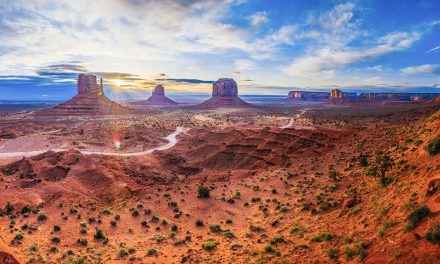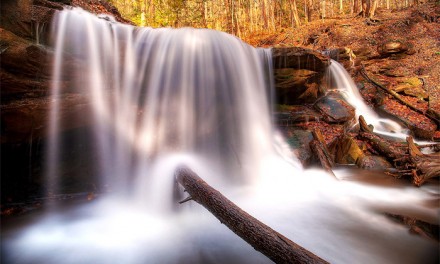Death Valley is as formidable a place as the name suggests. People die here from overexposure to the heat, particularly runners or those who are not prepared by bringing enough water and wearing protective clothing.
It’s also a place with extreme settings. When the heat of the summer dies away, it gives way to extreme cold – and the scenery transforms with each change, too. There are heights and depths, extreme dryness along with the other phenomena, and tarmac roads stretching between areas of almost untouched nature.
Here’s what to photograph if you decide to visit Death Valley – and read to the end for some safety advice during your trip.
Zabriskie Point
This is one of the most popular lookout spots through Death Valley, and offers a glorious view over the rolling and colourful landscape. The observation area is hardly crowded because of the space available and usually allows a great opportunity to get a clear shot – though it is, of course, the same shot that everyone else is going to get.
If you want a bit of variation, hike the trail which is found to the right of the parking area to find a better view. You will be able to see Manly Beacon, the tall point that you will spot in front of you, and the Badwater Basin in the distance, all in one shot. Towards the horizon, the landscape rises again, often right into the clouds.
At sunset, this point is bathed in pink and gold light – as you will find anywhere along the valley. It’s a stunning addition to any photograph which really makes everything come alive, so it is worth considering going at this time of day.
Artists Drive
So named for the beautiful colours which are etched into the rock, Artists Drive is a fantastic area to visit if there is a storm brewing. Dramatic lighting can really bring out the contrast in the landscape, and bright light at a low angle – such as in the early morning – can help to pick out the coloured slopes against the cliffs behind.
→ Related reading: Tips for Photographing Storms
This is a place where you can get truly stunning shots that hardly seem possible in nature, so don’t miss it.
Badwater Basin
This flat area is absolutely stunning, and offers many photographic opportunities. In the winter and through to the early spring it is flooded with water, which creates lots of small pools across the flat area making interesting formations. The heavy salt deposits give this an atmosphere that you will not find anywhere else.
Even in the summer, this vast white expanse is a startling contrast against the surrounding landscape. Be careful about what you are doing here, and read the signs around you – there are some rare species here that should not be disturbed by walking across the salt, so think and look before you set down your tripod.
If you decide to hike around this area, you might find some very exciting sights. However, pay special attention to safety warnings and be sensible, as it can get very dry out there and you can end up very far from your vehicle.
Mesquite Sand Dunes
Another hotspot for photographers, the dunes form beautiful patterns surrounded by mountains on all sides. This is an exciting opportunity because the wind is constantly reshaping the dunes, meaning that they are likely to look different every time you visit.
Practice your composition skills here by using rules like the golden ratio to set up your images, and finding interesting formations or angles to create focal points. The gentle curves of the dunes can create intriguing prospects, and ripples across the sand are a great way to find leading lines.
The area around the parking zones is always full of footprints, which means you might have to hike for quite some distance to get a clear shot – unless you park further away from the designated area.
If you love the dunes, you can also drive and then hike out to the Eureka Dunes for another choice which is less touched by tourists. They are a bit further out, and will require a more robust vehicle for driving, but they will reward you with fascinating vistas.
→ Related reading: 6 Tips for Photographing Sand Dunes
The Racetrack
This area has long been the source of mystic tales of rocks moving under their own steam across the dry landscape. It’s actually a combination of the elements, led by the wind, that make it possible for these rocks to slide across the area, leaving trails behind them which tell the story of where they have been.
If you want to take shots in the Racetrack, it’s a good idea to find a moving rock and capture its trail, using perspective to tell the story. The mountains around the area provide a suitable backdrop, with a dramatic sky always a welcome addition to the shot. Keeping the rock in the foreground will make an impactful shot, but play around and see whether there are other angles you can use to capture the intriguing nature of this area.
Road conditions are very bad here with a lot of sharp rocks, so you will need a suitable vehicle and plenty of time to get out there. There is a camping area on the site, but it is not very hospitable and has no facilities, so it is definitely not somewhere you want to stay on a whim.
Stay safe
Make sure that you are as safe as possible when visiting Death Valley in order to photograph these stunning locations. It’s best to travel in a car which is fully fuelled, equipped with air conditioning, and also packed with snacks and drinks to keep you hydrated.
In the summer, be sure to wear sunscreen and keep a hat on at all times, as well as sunglasses to protect your eyes from glare. Cover your skin with light clothing to avoid sunburn or sunstroke. Take frequent rests and retreat to the shade if you feel too hot.
There are also wild animals in Death Valley. Stay away from them and keep yourself inside your car if they approach, and don’t be tempted to feed them or get up close for a shot. Some of these animals can be dangerous! They include snakes, foxes, coyotes, lizards, and wild birds. More than that, be sure not to disturb them too much and upset their natural habitat.
In the winter, wrap up warm and make sure that you are equipped for cold weather. Always stay close to your vehicle so that you can enter it easily – and if you are parking outside of designated parking areas, do so for only a short time and ensure that hazard signals are displayed in case of other motorists approaching your location.
Be sure to cover yourself also against the wind – especially in the dunes, it can whip up sand into your eyes and into your camera. Keep everything covered until you are ready to use it and cover your lens with a filter for an extra line of defence.
If you hike off the road, be aware that the ground can be very slippery, especially in wet or snowy conditions. It can be difficult to navigate the trails with your camera gear on your back or shoulder, so it’s a good idea to travel with company.
Photo license links: Unsplash License, Pixabay License

